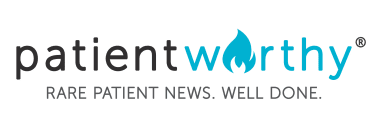If you’re a science nerd, we live in some pretty exciting times. Even though we’re going through a moment where it feels like science and empirical evidence itself is under assault, in the macro sense our understanding of the world and how it works is marching forward at a dizzying pace—from the stars in outer space to the genes in inner space.
Case in point: some of the most exciting recent advances in medicine have come in the arena of personalized medicine, which focuses on making modifications to fix or improve the patient’s own cells. And it might be leading to exciting developments for people living with Fabry disease.
This approach is leading to possible breakthroughs in treating rare conditions like Fabry, a lysosomal storage disorder caused by a genetic defect in one of the enzymes used to break down lipids.
When these lipids aren’t broken down, they accumulate throughout the body, causing increasingly serious complications over time. Typically, Fabry patients take regular enzyme replacement infusions to replace the missing enzymes that help break down the excessive lipids. Enzyme replacement therapy is not a cure; it only slows progression and reduces the risk of complications such as stroke or heart disease.
But earlier this year, Fabry disease history was made when researchers from Calgary announced they had treated a patient with his own genetically modified blood stem cells.
In the case of this groundbreaking gene therapy research, doctors took a sample of blood stem cells from a 48-year-old patient and isolated the faulty genes responsible for creating the a-GAL A enzyme that breaks down lipids. After swapping out the faulty genes with working genes that can manufacture the enzyme, researchers returned the blood stem cells into the patient’s body.
While it’s still too early to tell if the procedure will yield positive long-term results, there’s reason for optimism based on the results of earlier trials in animals. And just being able to isolate and repair the faulty gene itself should be seen as a major accomplishment.


